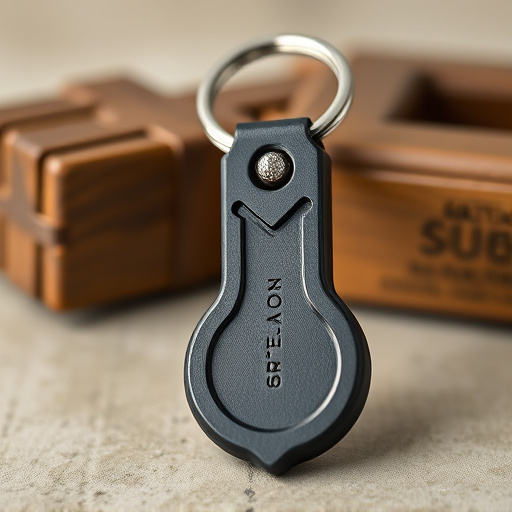The popularity of keychain self-defense pressure targets grows globally, but their legality is a complex web governed by varying regional regulations. These laws dictate safe pressure levels, de-escalation requirements, and use circumstances, emphasizing responsible self-defense. Manufacturers and users must navigate these nuances to ensure compliance, activate devices safely, and avoid legal repercussions while protecting themselves within the boundaries set by local laws.
In today’s world, personal safety is paramount. Keychain self-defense devices, compact and easily accessible, offer a sense of security. However, before deploying such tools, understanding legal requirements is crucial. This article explores the legal landscape surrounding keychain self-defense pressure targets, shedding light on compliance and regulations. We guide you through ensuring that your chosen device adheres to safety standards, empowering you with knowledge to make informed decisions for your well-being.
- Understanding Keychain Self-Defense Devices: A Legal Perspective
- Keychain Pressure Targets: Compliance and Regulations
- Ensuring Safety: Legal Checks for Keychain Self-Defense Items
Understanding Keychain Self-Defense Devices: A Legal Perspective
Keychain self-defense devices, often in the form of pressure targets designed for personal safety, are becoming increasingly popular as compact and readily accessible tools for individuals seeking to protect themselves in various situations. From a legal perspective, these devices fall under a unique category that blends personal security with potential use-of-force considerations. Understanding the legal landscape surrounding keychain self-defense devices is essential for both manufacturers and users.
Regulatory bodies and law enforcement agencies worldwide have different approaches when it comes to classifying and governing such items. Some countries have strict regulations on all types of self-defense tools, including keychains, while others take a more lenient stance. Key factors in legal requirements often include the device’s potential for harm, its intended use, and the circumstances under which it may be deployed. For instance, a keychain pressure target designed solely for personal protection during emergencies might be subject to fewer restrictions compared to similar devices marketed as self-defense weapons with more aggressive features. Staying informed about local laws and guidelines is crucial to ensuring that these handy personal safety tools are used responsibly and in compliance with legal boundaries.
Keychain Pressure Targets: Compliance and Regulations
Keychain self-defense pressure targets, often integrated into personal safety devices like keychains, are designed to deter potential attackers and provide a means of escape. However, their legality is a complex issue that varies significantly across jurisdictions. In many countries, these devices must comply with strict regulations regarding force and self-defense. For instance, some regions mandate that the pressure or force exerted by such keychains be within safe limits, ensuring they don’t cause excessive harm to an attacker while still being effective as a deterrent.
Regulations also often dictate the circumstances under which keychain self-defense pressure targets can be legally employed. This includes requirements for reasonable force in situations of imminent threat, and some areas may even specify that individuals must attempt de-escalation techniques before using such devices. Manufacturers and users alike must stay informed about these legal nuances to ensure compliance, thereby enhancing overall safety and security without overstepping legal boundaries.
Ensuring Safety: Legal Checks for Keychain Self-Defense Items
Ensuring safety is paramount when it comes to keychain self-defense items, especially as their popularity grows. It’s crucial to understand that not all devices are created equal, and legal requirements vary across regions. One key aspect to consider is whether the keychain self-defense item meets specific safety standards, such as those for pressure targets. These standards ensure that the device functions reliably and safely when activated, minimizing potential harm to users or bystanders.
Legal checks are essential to understand before carrying a keychain self-defense tool. Different countries and states have unique regulations on what constitutes legal self-defense and the restrictions on certain types of weapons. For example, some areas may permit only certain types of pressure targets or place limits on their use. Staying informed about these legalities helps ensure that your chosen self-defense keychain complies with local laws, allowing you to protect yourself responsibly.
When considering the legal requirements for keychain self-defense devices, especially those with pressure targets, it’s crucial to stay informed about compliance regulations. Ensuring these devices meet safety standards not only protects users but also promotes their legality. By understanding the key aspects discussed in this article, including legal perspectives, compliance checks, and safety measures, individuals can make informed decisions when purchasing keychain self-defense pressure targets, ultimately contributing to personal safety without legal repercussions.
